Exploring NASA's Need for a New Rocket for Moon Missions
Written on
The Rationale Behind NASA's New Rocket Initiative
The recent announcement regarding the United States' initiative to develop a new rocket for lunar missions has sparked skepticism among conspiracy theorists who question the authenticity of the Moon landings. Nevertheless, this endeavor is not new; it began as far back as 2004 under the "Constellation" program and has continued under the "Space Launch System" (SLS) initiative.
In this article, I will address key concerns raised by skeptics, such as:
- Why was the Saturn V rocket production halted?
- Is there any truth to the claim that the Saturn V rocket's documentation is lost?
- Why is it more practical to design a new rocket rather than reviving the Saturn V?
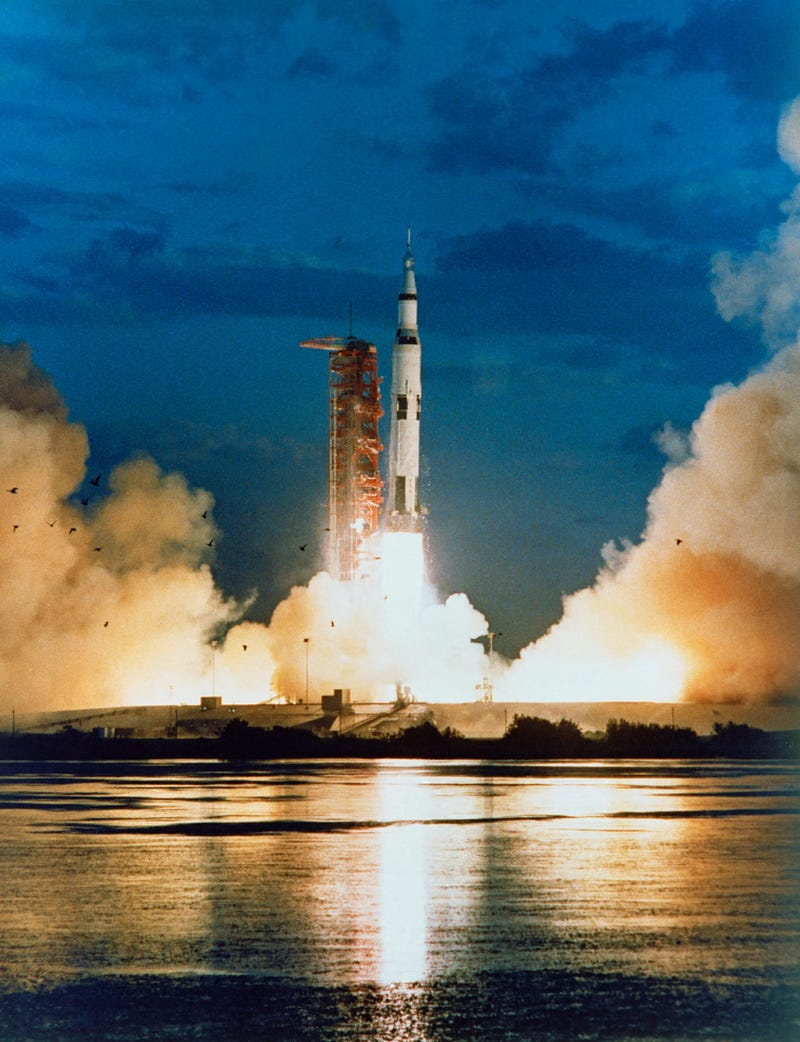
Understanding the Discontinuation of Saturn V Rockets
The Saturn V rocket was an engineering marvel, yet the program ended after just 13 flights, with the last launch occurring in 1973 to place the Skylab space station into orbit. Following the conclusion of the Apollo missions, various alternatives were proposed for utilizing the Saturn V, including lunar and Martian rovers and missions like Voyager. Ultimately, other rockets were chosen for these tasks.
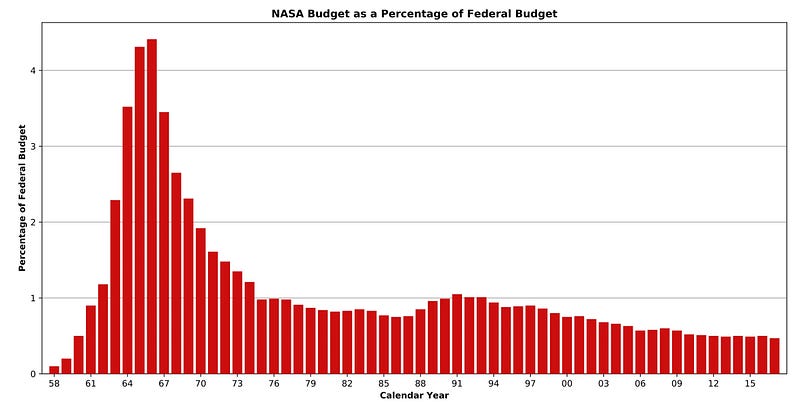
Reasons for Transitioning Away from Saturn V
There are two primary reasons for this transition. First, cost plays a crucial role. Launching a Saturn V rocket was an expensive endeavor, with adjusted costs around $1.5 billion per launch. Following 1967, when NASA's budget peaked, funding for space exploration consistently declined, forcing NASA to seek more economical launch options, leading to the decision to retire the costly Saturn V.
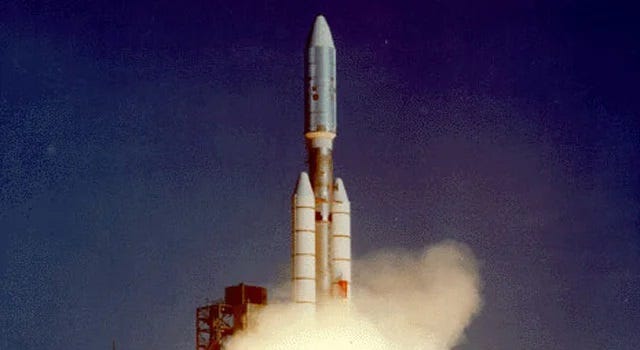
Second, there was simply no requirement for such a heavy-lift rocket. The Saturn V could carry 141 tons to low Earth orbit, but post-Apollo missions did not necessitate such capacity. For instance, the Voyager spacecraft weighed under a ton, making a Saturn V launch for them excessively inefficient.
Debunking the Myth of Lost Documentation
Is it accurate to say that the Saturn V documentation is lost? The answer is no. This myth stems from a 1996 book by John Lewis, “Mining the Sky,” where he sought access to the blueprints from Rocketdyne, the Saturn engine developer, but was denied due to proprietary restrictions. His disappointment led to speculation about lost blueprints, which conspiracy theorists have since circulated as fact.
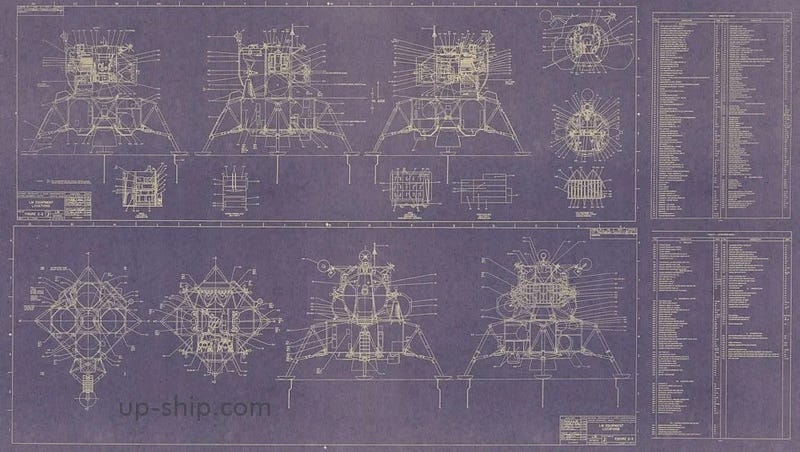
In reality, Saturn V blueprints are securely stored at three locations: microfilm at the Marshall Space Flight Center in Alabama, paper copies at the Federal Archives in East Point, Georgia, and engine designs at Rocketdyne.
The Case for Designing a New Rocket
Could NASA recreate the Saturn V? Technically, yes, but it would be fraught with challenges due to both technical and economic reasons. While it’s feasible to build another Saturn V if necessary, many factors make it impractical, particularly concerning cost and outdated technology.
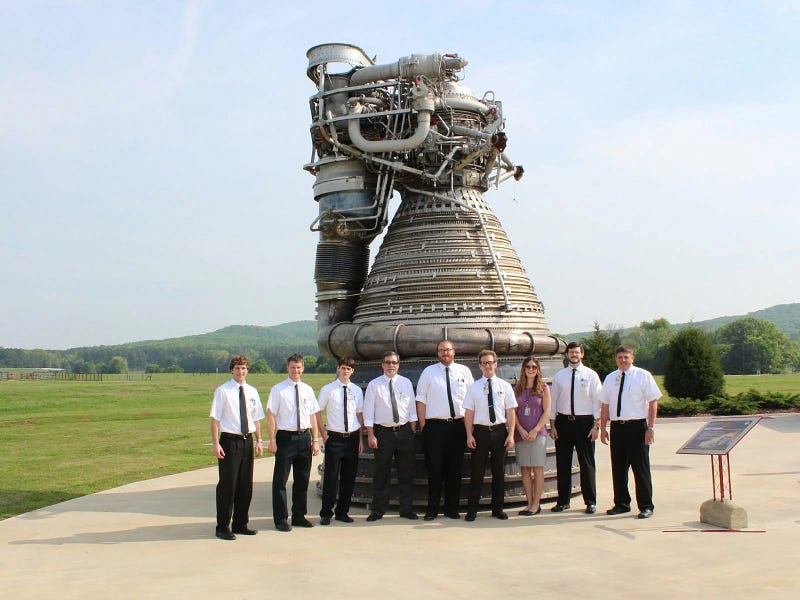
Conspiracy theorists often believe that the original production facilities for the Saturn V are still operational, but that’s far from the truth. Following the Apollo program, most manufacturing sites were repurposed for newer rocket technologies, primarily for the Space Shuttle program. Restarting Saturn V production would involve significant retrofitting or constructing new facilities—both expensive endeavors.
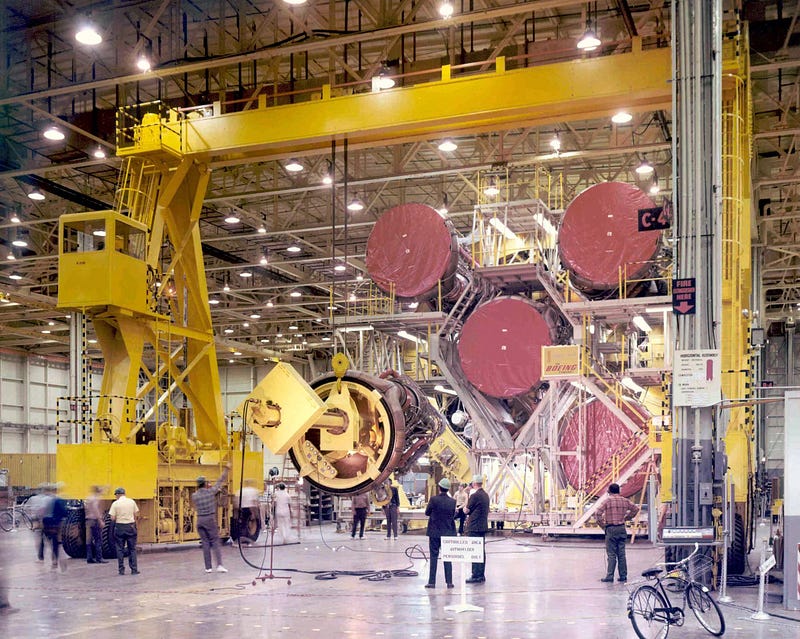
Moreover, the manufacturing of Saturn V components was a collaborative effort involving numerous contractors, many of which have since gone out of business or shifted their focus to unrelated products. This would add another layer of complexity to any potential recreation.
Exploring the Challenges of Moon Missions
Designing a new rocket is far more economical, especially when considering existing manufacturing capabilities. Additionally, the technological landscape has evolved significantly since the 1960s, enabling the creation of a more efficient, reliable, and advanced rocket.
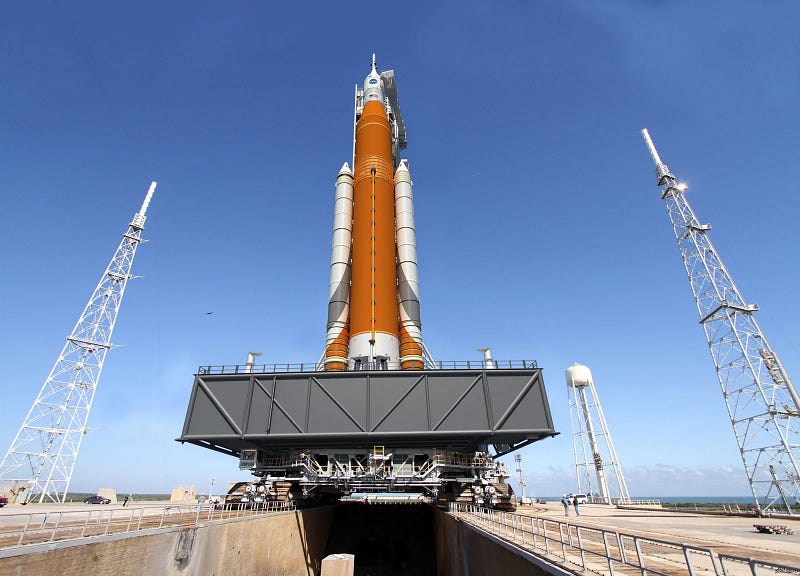
This is the rationale behind the development of the Space Launch System (SLS), which aims to create a rocket that is not only cost-effective but also boasts greater reliability and payload capacity than the Saturn V, utilizing modern materials. NASA’s goal is to build a rocket with the potential for future missions, rather than simply reviving an outdated design. Nonetheless, the knowledge gained from the Saturn V program is being incorporated into the SLS design.
Conclusion
In summary, NASA's decision to pursue a new rocket for lunar missions is driven by economic, technical, and logistical considerations. The evolution of technology and the need for cost-effective solutions are key factors in this ongoing journey towards space exploration.